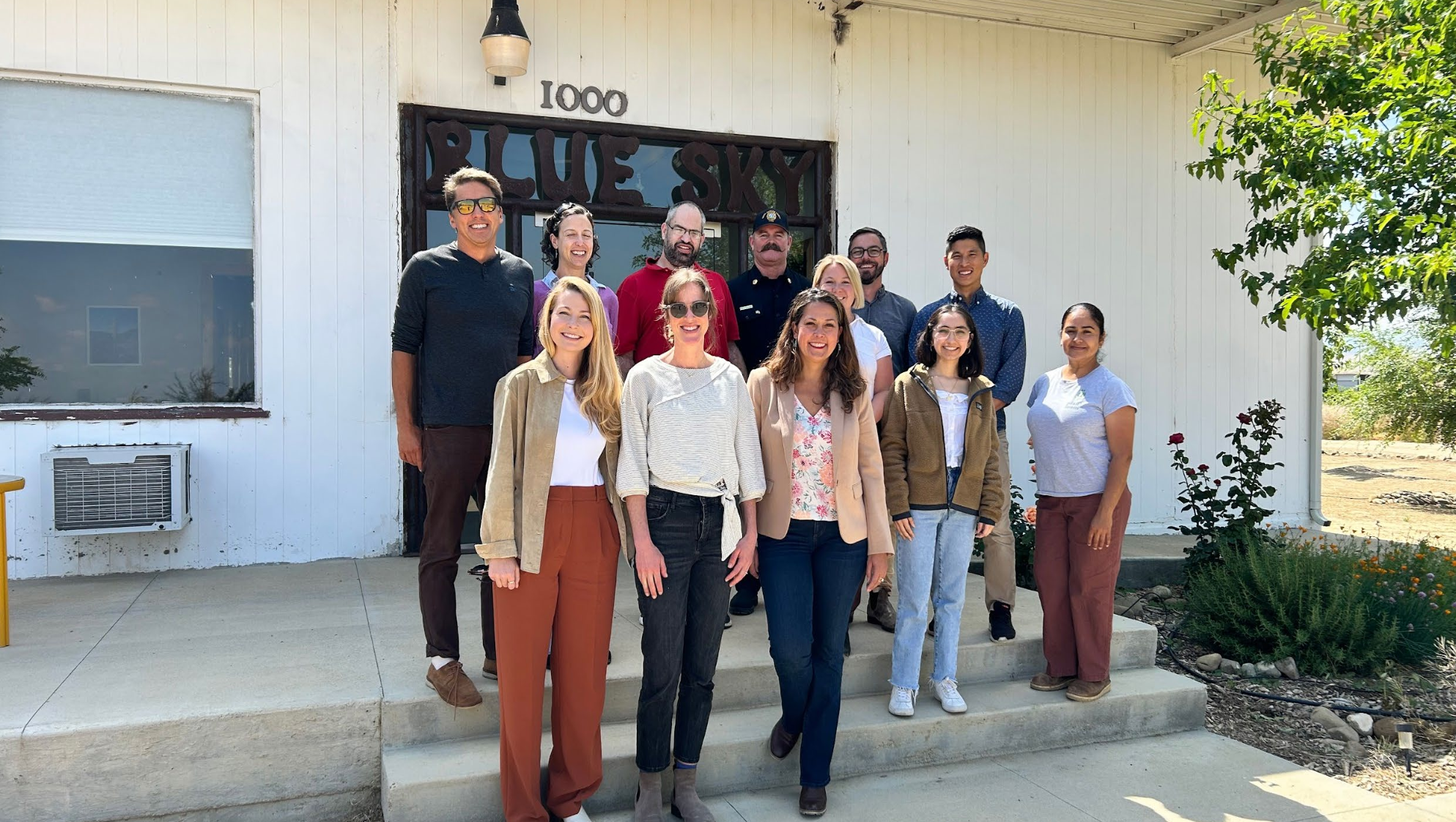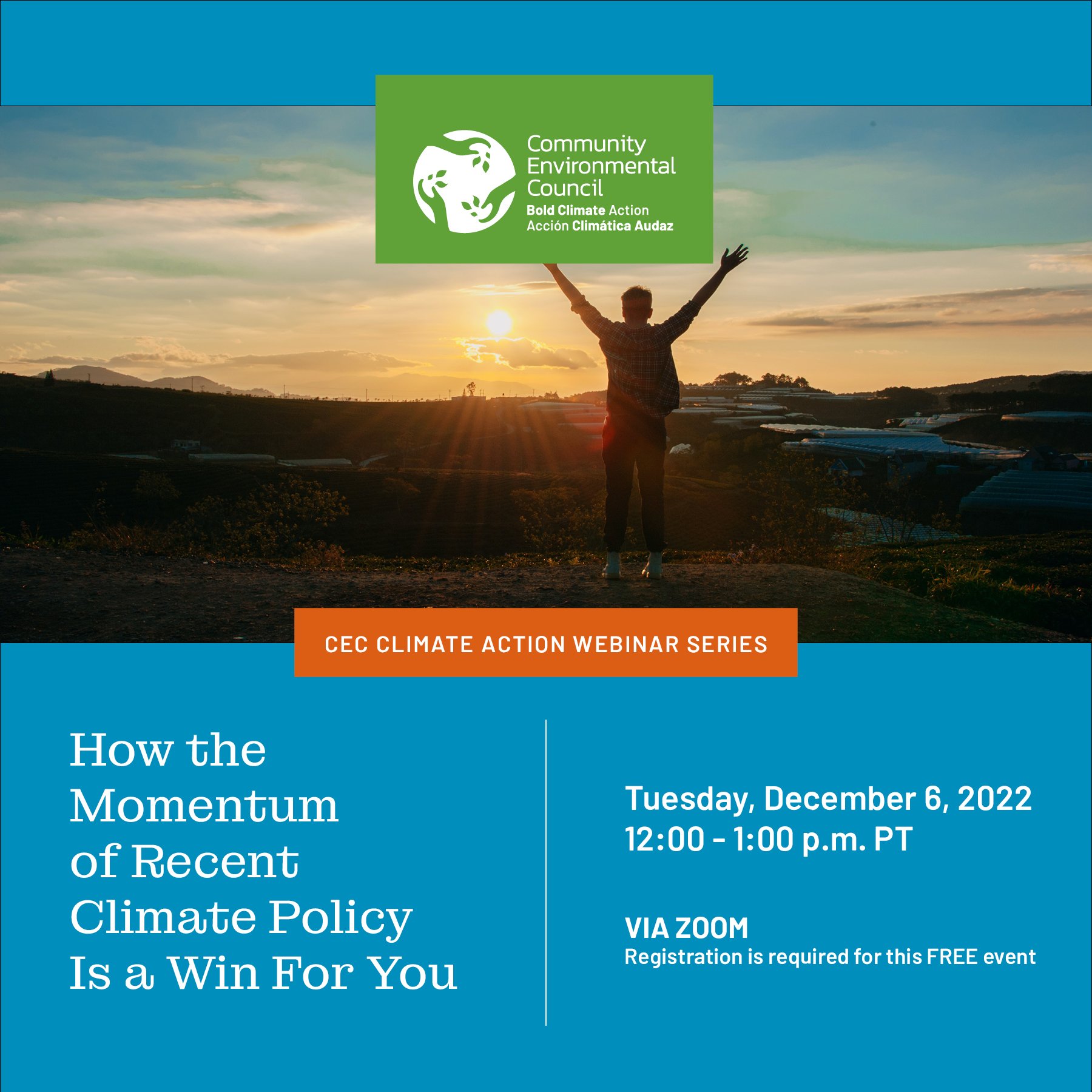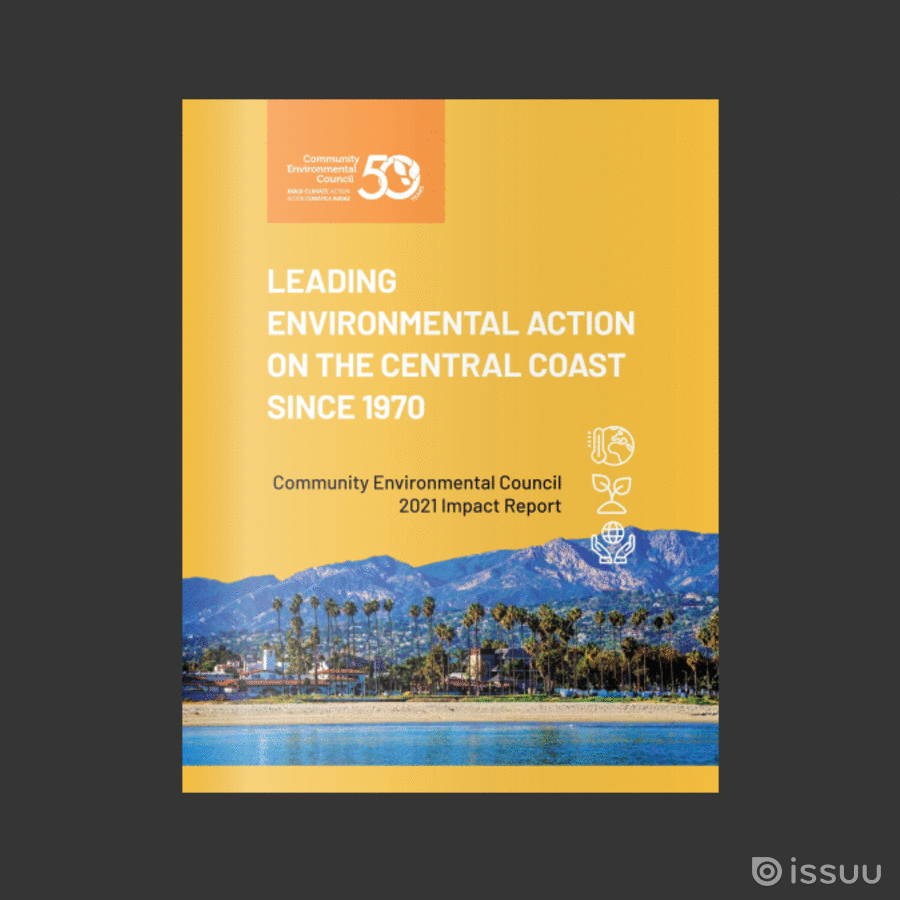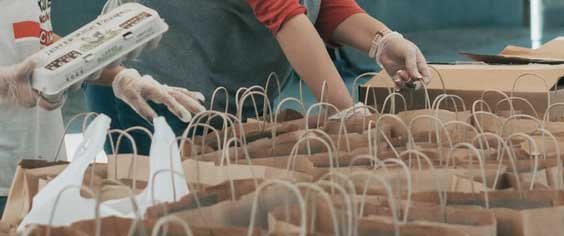
Blog
A space for learning.

Building Resilience for the Future with Girls Inc. of Carpinteria
In Carpinteria, where recent emergencies have closed Highway 101 and limited access to the coastal community, Girls Inc. has become a Community Resilience Hub. In an emergency, the campus can host 500 people and supply three days of solar power.

Resilience Takes Root in Cuyama
In the remote Cuyama Valley, where emergency services are limited and disasters are increasingly common, Blue Sky Center (BSC) has emerged as a vital Community Resilience Hub. During the recent Madre and Gifford wildfires, BSC hosted firefighters and offered a landing zone for helicopters — helping to drastically speed up response times.

Building Resilience in the Face of Extreme Heat: A Call to Action
It’s August, and extreme heat season is upon us on California’s Central Coast. We’ve already had multiple high temperature alerts throughout the tri-counties (plus the flood watch issued earlier this week due to the unprecedented tropical storms unleashed in our region by Hurricane Hilary), and long-term heat trends keep rising.

Extreme Heat: A Call to Action
With extreme heat posing such serious threats to human health and the environment, the time to take action is now to prepare for extreme heat and build resilient communities.

Free Extreme Heat Forum on Tuesday, August 15
If you (or someone you know) are 65 and older, live on California’s Central Coast, and are concerned about rising temperatures in our community, we invite you to join us for our inaugural Extreme Heat Forum presented by the Gray Panthers Santa Barbara Network, Society of Fearless Grandmothers Santa Barbara, and the Community Environmental Council on Tuesday, August 15, 2023, from 5:00-7:00 p.m.

Beat the Heat: Lessons Learned from the Fastest Warming County in the Nation And How You Can Ensure Neighbors Are Safe When Temperatures Rise
Did you know Ventura County is warming faster than almost anywhere else in the US?

How the Momentum of Recent Climate Policy Is a Win For You
Want to know why the recent wave of federal and California climate legislation is so exciting – and how it can help your pocketbook? Join us to learn how these tremendous policy developments are catalyzing climate momentum like never before.

A New Initiative Will Create Neighborhood Resilience Hubs to Serve Vulnerable Populations
Imagine your community is impacted by the next wildfire that starts in our region. Maybe your home is in close proximity to the flames, or the smoke and ash from the fire drifts to your doorstep. How will you respond? Will you have the supplies you need? Will you know when or where to evacuate to? If you lose power, how will you prepare food, stay cool, or run air purifiers? What if you have a neighbor who needs help? By sharing information and resources, residents can be empowered to support each other and build community resilience in the face of wildfires, earthquakes, extreme heat, and other natural disasters.


All Hooves On Deck
CEC co-hosts a community supported grazing summit to boost wildfire resilience.



As the United Nations Sounds a Warning Bell: CEC Releases First-Ever Action Plan for Climate Resilience on California’s Central Coast
This unprecedented plan addresses the most pressing climate threats to our region – offering solutions that are needed now and can be immediately activated to build resilience across our community.



Revertir, Reparar, Proteger: Plan de acción climática audaz del CEC
La Casa Blanca ha declarado oficialmente que estamos en una emergencia climática. Es hora de apoyarse en soluciones locales como nunca lo hemos hecho, y eso significa una acción climática implacable, enfocada, inclusiva y valiente en la Costa Central.
CEC (Consejo Comunitario del Medio Ambiente por sus siglas en inglés) delineado un plan ambicioso sobre cómo nuestra comunidad puede enfrentar este momento urgente y trabajar juntos para detener la crisis climática, de manera rápida y equitativa, a través de tres esfuerzos principales:
Cero carbono: Trabajando para que no haya nuevas emisiones
Carbono negativo: Aprovechar el poder de la naturaleza para eliminar el exceso de carbono de la atmósfera
Protección del clima: Abordar los impactos del cambio climático que ya están en marcha

Reverse. Repair. Protect. CEC’s Bold Climate Action Plan
The White House has officially declared we are in a climate emergency. It’s time to lean into local solutions like never before – and that means unrelenting, focused, inclusive, and courageous climate action on the Central Coast.
CEC has outlined an ambitious plan for how our community can meet this urgent moment and go all in together on halting the climate crisis – rapidly and equitably – through three major efforts:
Reverse: Push for ambitious, equitable zero emissions and zero waste goals for the energy, transportation, food, and agriculture sectors
Repair: Tap into the power of nature to draw down excess carbon from the atmosphere and repair the disrupted carbon cycle
Protect: Safeguard the health of our general public and vulnerable populations from the impacts of climate change already underway


